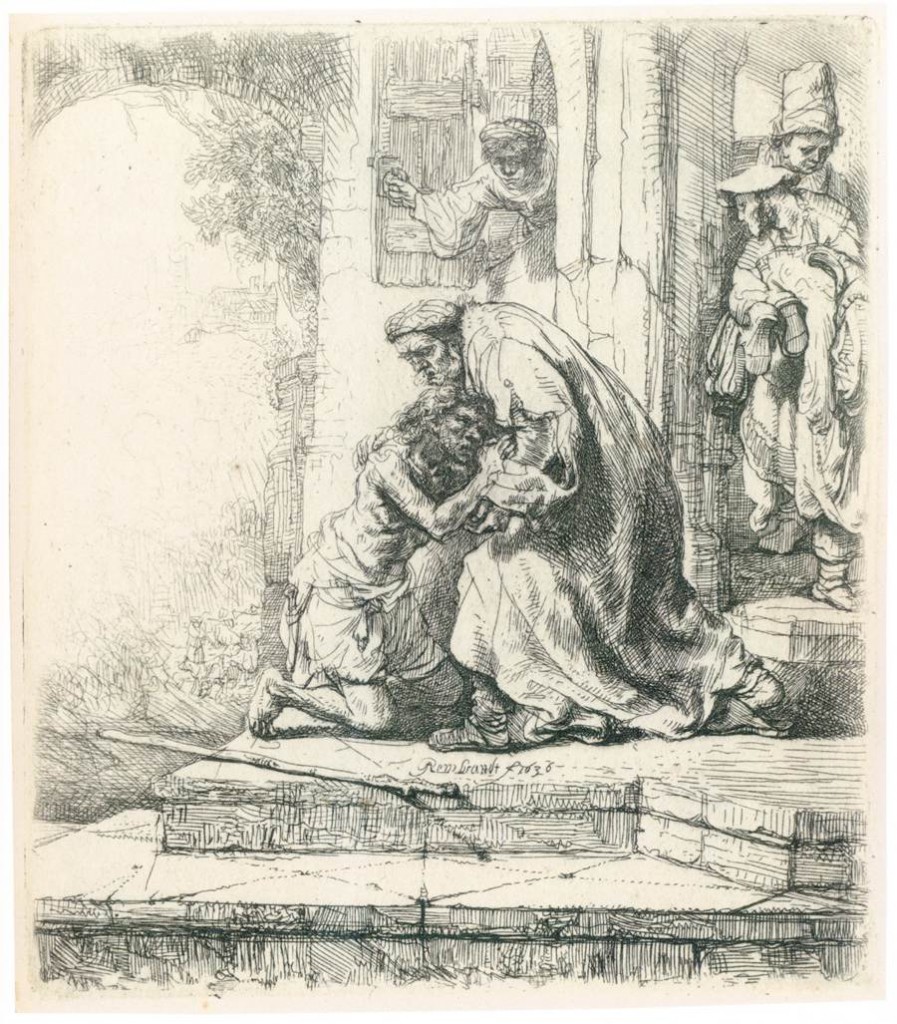5 Rembrandt Works of Faith on His 410th Birth Anniversary
Friday marked the 410th birth anniversary of the master Dutch painter and etcher Rembrandt van Rinj. Generally considered one of the greatest artists Europe ever produced, Rembrandt is particularly remembered for his Biblical-themed works. Roughly one-third of his paintings bring to life scenes from Scripture.
Jesus’ parable of the Prodigal Son, found in Luke 15, is a story Rembrandt returned to often. One example is the painting seen above. The sketch below is considered Rembrandt’s first depiction of the wayward son who found a surprising welcome home. The father embraces the prodigal son, the selfish party animal now humbled and penniless.
The following is another scene of a father and son, Abraham and Isaac. As told in Genesis 22, Abraham was set to sacrifice his son at the behest of God, but is stopped at the crucial moment by an angel of the Lord. Later, God would not stop in the sacrifice of his own son. Rembrandt produced two versions of this painting, the first in 1635.
In the following painting Rembrandt reveals various themes and events from Matthew 19, as Jesus entered the region of Judea beyond the Jordan, followed by large crowds. We see the wealthy young man who cared too much for his own riches, and scholars poised to debate Jesus. We see the crippled hoping for healing, and children being brought for the Lord’s blessing: the least among us, welcomed into God’s presence.
Supposedly Rembrandt himself paid a large sum of money for an impression of this etching, which gave rise to it coming to be known as the “Hundred Guilder Print.”
Rembrandt portrays the story from John 8 of the woman caught in adultery (below). Aware of Jesus’ compassion for sinners, the Scribes and Pharisees bring her to Jesus, hoping to catch Christ condoning disobedience to the Law. Good luck trying to trick the Son of God. Jesus tells them, “Let him among you who is without sin cast the first stone at her.” As we know, her accusers would slink away and Jesus would tell the woman, “Go and sin no more.”
In Rembrandt’s interpretation, Jesus size and stature is exaggerated, symbolizing his moral superiority to those trying to entrap him.






